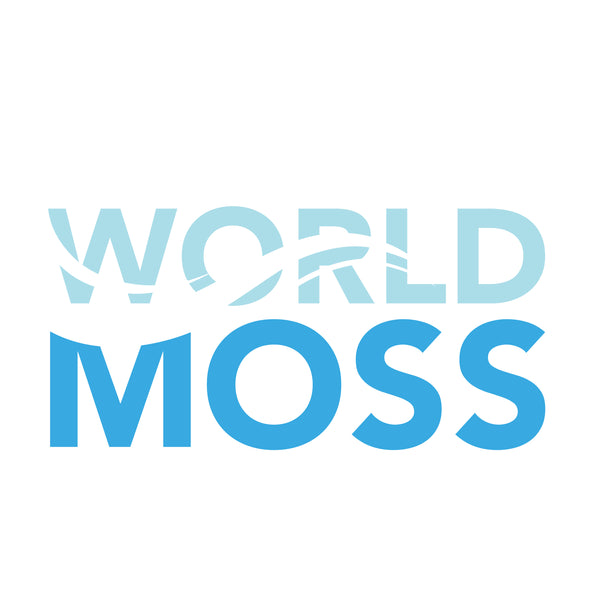
This superfood saved an entire nation from famine
Known scientifically as Chondrus crispus or Irish moss, this algae grows abundantly along the rocky shores of the Atlantic coast, particularly in Ireland. While not widely consumed before the famine, sea moss became a lifesaving resource during this period of desperation. Sea moss is highly nutritious, containing essential vitamins, minerals, and trace elements such as iodine, magnesium, calcium, potassium, and vitamins A, E, and K. Additionally, it is rich in carbohydrates and has a mucilaginous texture when cooked, providing a filling and nourishing meal.
The Irish people, particularly those living in coastal areas, turned to sea moss as an alternative food source when their potato crops failed. They harvested the algae from coastal rocks and shorelines, dried it, and then used it in various dishes, including soups, stews, and bread. Despite its somewhat unfamiliar taste and texture, sea moss provided much-needed sustenance and helped stave off starvation for many families during the famine years.
The resilience and adaptability of sea moss during this crisis underscored its importance as a survival food. Without this nutritious algae, the consequences of the potato famine could have been even more catastrophic for the Irish population. Today, the role of sea moss in Irish history serves as a testament to the resourcefulness of communities in times of adversity and highlights the value of diverse and sustainable food sources in ensuring food security.













